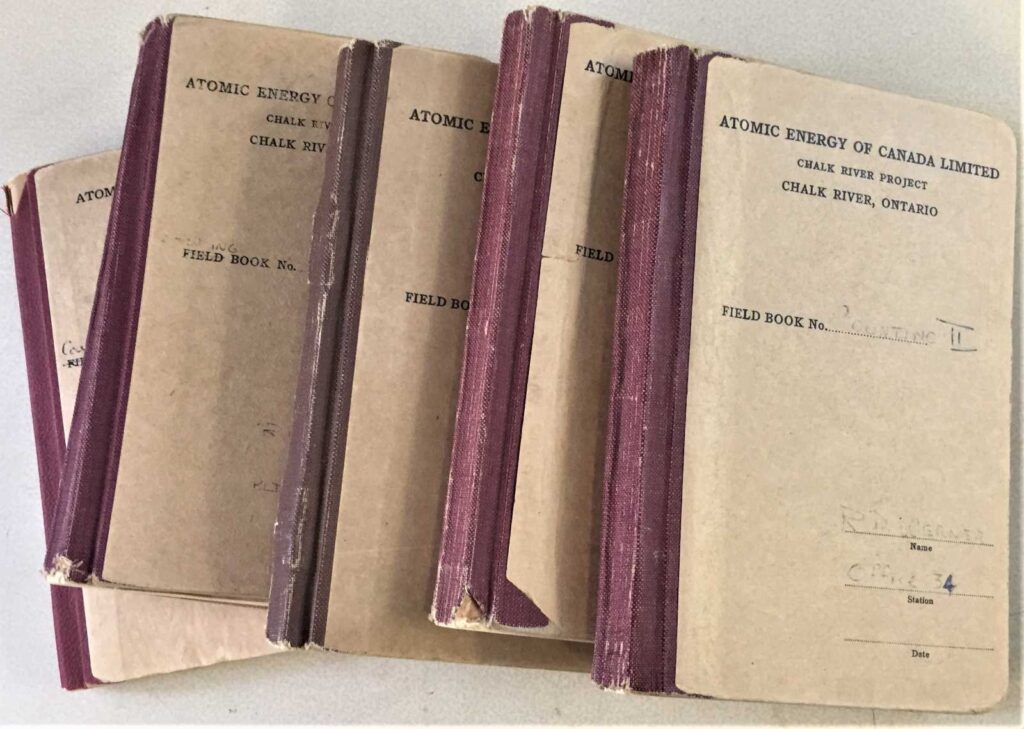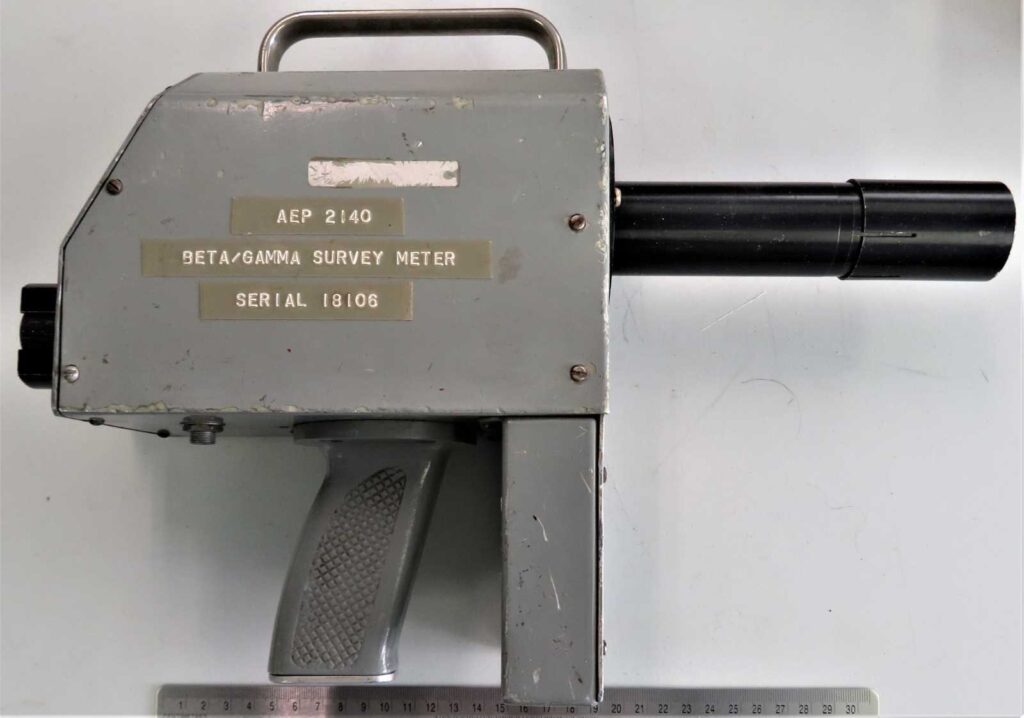A vacuum tube used primarily in radiofrequency equipment to determine the optimum signal strength and tuning frequency. These vacuum tubes are compact cathode-ray tubes which incorporate one or two beam-deflecting electrodes that cause the electron beam to strike a phosphor and produce a large visible glow (typically green in colour) when the signal is weak or far away from the optimum frequency. When the equipment is tuned to the correct frequency, only a small area of the phosphor is struck by the electron beam thereby signalling the optimum tuning frequency. These “Magic-Eye” tubes, so called because the end-view resembles a cat’s glowing eye, were first used in the 1930s and were used in a range of applications.
This particular type, a JAN, CRC-1629, VT-138, measuring just over 9 cm in length, was donated complete with a six-pin socket and mounting bracket. Versions of this tube were manufactured by a number of suppliers including RCA and Sylvania.






